Images From Socotra [Archives:2000/38/Last Page]
Socotra is a large island in the Arabian Sea 350 kms from the nearest coastline south of Yemen. It reaches an altitude of 1,500 meters.
The island is very rich in bird and plant life. There are seven species of birds that are only found in Socotra. Socotra is even richer in plants. Over 800 species of plant have been found and 270 are endemic which cannot be found anywhere else in the world. Very few islands in the world have such a rich plant life. Many of the plants have adopted to the extreme and hot environment in wonderful ways.
The prime minister, Dr. Abdul-Karim Al-Iryani will open an exhibition on Socotra organized by the Environment Protection Council (EPC) through Socotra Biodiversity Project at 12:30 p.m. on the 23rd of September 2000 at the UN Information Center in Albonia near Al-Handhal mosque, in Sanaa. The Socotra Biodiversity Project is funded by the Global Environment Facility and implemented by the EPC (Environmental Protection Council), UNDP (United Nations Development Program) country office and UNOPS (United Nations Office for Project Services.) The Projects main objectives are to conserve Socotra Biodiversity and secure the sustainable use of marine and terrestrial resources in collaboration with other National Institution (i.e. MOFW-MOA,) straighten the human and institutional capacity within the Environmental Protection Council in the island and to increase environmental awareness at national level and among the population of the island to improve management of natural resources.
The Exhibition of photos, paintings, video, slides presentations, and handicrafts portrays the unique globally significant biodiversity of Socotra, the Socotra Conservation Zoning Plan prepared by EPC and passed by the council of ministers in April 2000; as well as the ongoing conservation activities on the Socotra islands. The exhibition also reflects the cultural aspect of life on the islands. It will be open to the public from 24th September to 24th October 2000, from 8:00 am to 3:00 pm Sunday to Thursday.
Socotra is the largest Yemeni island covering 3625 km2, with a population of about 44000 people, to its west lie 3 smaller islands: Darsa, Samha with an area of 50 sq. km. and a population of about 60 people, and the larger Abd Al-Kori covering 125 sq. km. And inhabited by about 200 people. The primary economic activity in the islands is fishing on the coast and raising livestock in the interior.
The Socotra islands are blessed with unique biodiversity of global importance that has recently attracted international attention. Socotra for instance is one of the 10 most important islands in botanical biodiversity. This is reflected in the fact that more than 30% of plants in Socotra are endemic, meaning that they are not found anywhere else in the world. Six species and 11 subspecies of birds are endemic to Socotra and more than 90% of reptiles are endemic. Rich marine biodiversity is realized by a unique mixture of species from western Indian Ocean, the Red Sea, and the Indo-pacific region. Recent marine surveys revealed a large number of new records extending the distribution range of many species including those previously thought endemic to the Red Sea or Arabia.
EPC has started Socotra Biodiversity Project in 1997 to study and develop mechanisms to protect the biodiversity of Socotra. Natural resources have been extensively studied. More than 30 Yemeni scientist and researchers and a similar number of international scientists together with the project staff took part in biodiversity surveys. This effort was complemented with wide range consultation with the local people leading to the formulation of Socotra Conservation Zoning Plan. Based on biodiversity value and resources potential, the plan divided the islands into zones for development and biodiversity conservation. The objective was to integrate necessary development with conservation and sustainable use of natural resources. The plan was adopted by the council of ministers in April 2000, and expected to be signed into law by the president in the near future.
EPC and Socotra Biodiversity project joined forces to establish a trust fund for the conservation of Socotra. A Yemeni lawyer and an international counterpart are handling the mechanics of establishing the fund. The objective of the fund is to provide financial resources to support research and conservation activity in Socotra to safeguard its unique biodiversity and enhance sustainable use of natural resources.
The Ministry of Planning and the European Union are about to complete the Master Plan for the development of Socotra. The plan is based on the Socotra Conservation Zoning Plan in an effort to organize development activities in a way that benefits local people while protecting their environment.
The UN Office of Project Services, UNDP and the Government of Italy are launching a small project in Socotra to improve health services and enhance drinking water provision in the islands. Improving the livelihood of the local population will positively impact conservation efforts and ease the pressure on natural resources.
——
[archive-e:38-v:2000-y:2000-d:2000-09-18-p:./2000/iss38/lastpage.htm]


